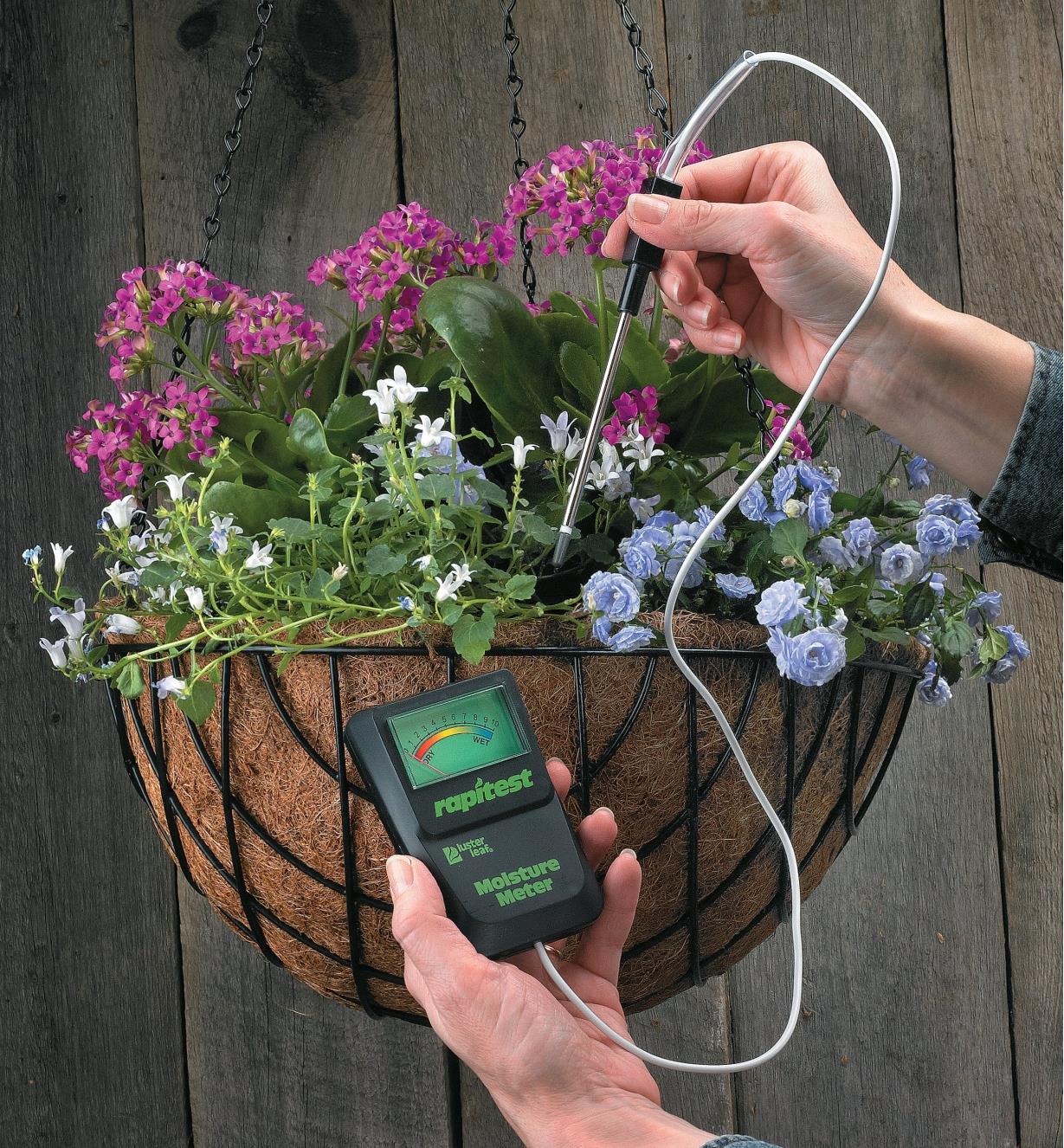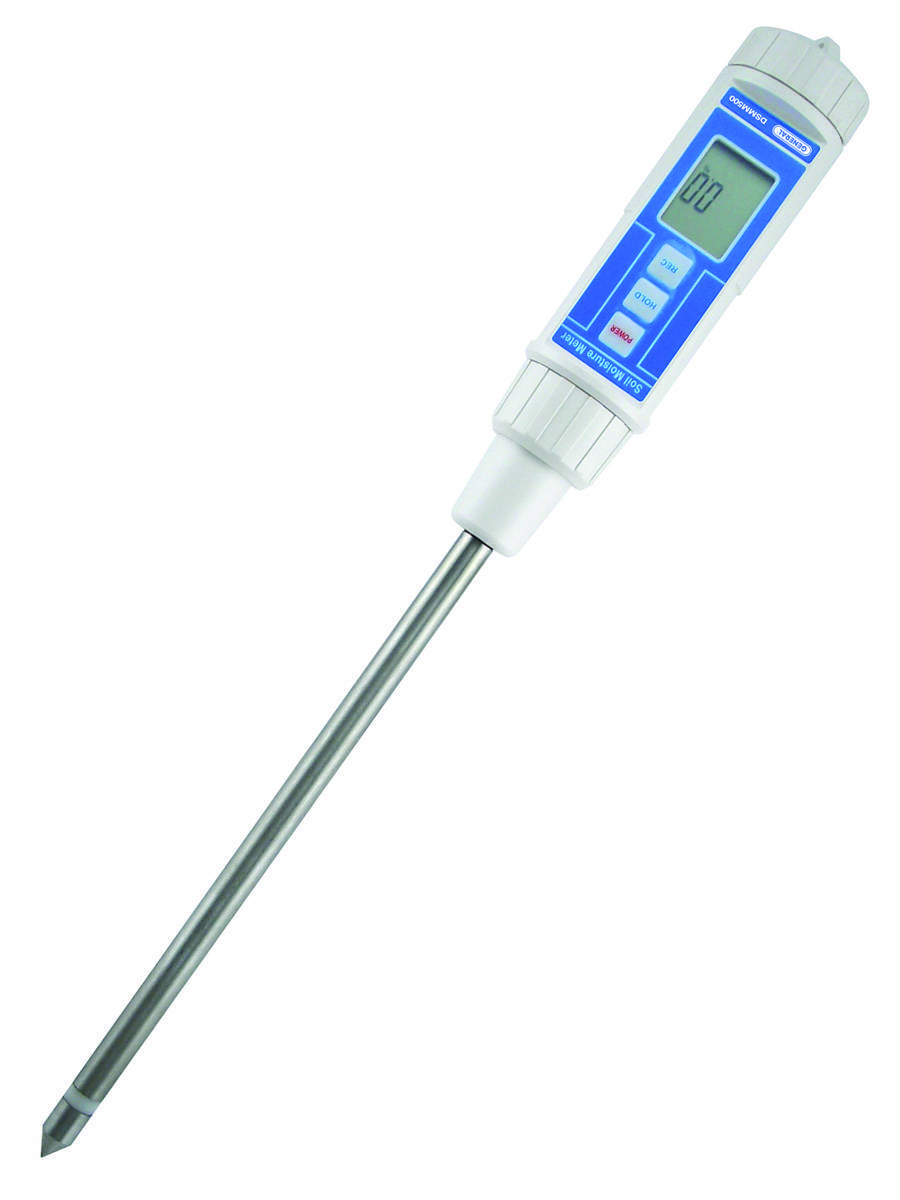Understanding the Different Kinds Of Moisture Meters and Their Applications
Understanding the Different Kinds Of Moisture Meters and Their Applications
Blog Article
Explore the World of Wetness Meters: Whatever You Need to Know
In the world of dampness meters lies a world of accuracy and practicality that frequently goes undetected. Comprehending how moisture meters run, the various types readily available, and their varied uses can drop light on their significance in ensuring high quality and efficiency.
Just How Wetness Meters Work
Dampness meters operate by determining the electrical conductivity or capacitance of products to determine the wetness content existing - Moisture Meter. These meters are indispensable tools throughout various markets, consisting of farming, woodworking, and construction. By utilizing different approaches such as pin-type or pinless modern technology, moisture meters supply exact readings that assist specialists make informed decisions
Pin-type moisture meters function by placing the sharp pins into the material being checked. The electric conductivity in between the pins is then gauged, with greater dampness degrees resulting in boosted conductivity. On the various other hand, pinless dampness meters use electromagnetic signals to scan a bigger area without creating any kind of damage to the product's surface area. These meters are optimal for swiftly analyzing moisture degrees in large areas or finished items.
Regardless of the method used, dampness meters play a critical duty in preventing issues such as mold and mildew development, architectural damages, or product issues brought on by excess dampness. Understanding just how these meters job is important for guaranteeing the quality and integrity of products in different applications.
Kinds Of Moisture Meters
Offered the important function moisture meters play in numerous markets, it is necessary to understand the different types offered to specialists for precisely examining moisture degrees. There are mostly two primary sorts of dampness meters: pin-type and pinless dampness meters.
Pin-type wetness meters make use of two pins that are put into the product being checked to measure the electrical resistance in between them. This technique is commonly utilized for timber, drywall, and other structure materials. Pin-type meters supply precise analyses at particular midsts, making them perfect for recognizing moisture slopes.
On the other hand, pinless dampness meters make use of electromagnetic sensing unit plates to check a bigger location of the material without triggering any damages. This kind appropriates for swiftly scanning large areas and is frequently used for flooring, wall surfaces, and ceilings. Pinless meters are convenient for taking analyses on completed surface areas without leaving any visible marks.
Both kinds of dampness meters have their advantages and are selected based upon the details requirements of the job available. Comprehending the differences between these kinds is essential for specialists to make exact wetness analyses.
Applications Across Industries
With diverse performances, wetness meters locate prevalent application throughout various industries, assisting professionals in guaranteeing ideal problems for frameworks and products. In the farming market, dampness meters are important for figuring out the wetness material in grains, seeds, and hay, making sure top quality control and protecting against mold and mildew development. Building and construction specialists rely upon moisture meters to evaluate the moisture levels in building products like drywall, concrete, and timber, which is important for preserving structural stability and avoiding issues like rot or mold. The floor covering market uses wetness meters to measure the wetness material in subfloors before installing numerous flooring coverings, avoiding costly problems because of excess wetness. In the food sector, wetness meters are used to monitor and regulate moisture levels in items such as grains, nuts, and dried fruits to keep quality and quality. In addition, wetness meters play an essential role in the repair and damages assessment sector by helping specialists determine and address water damages in structures quickly. Throughout these diverse sectors, moisture meters are indispensable tools for making certain the high quality, security, and durability of various materials and items.
Tips for Making Use Of Moisture Meters
Make use of the wetness meter's weblink calibration settings to ensure exact analyses when determining the moisture content in numerous products. Furthermore, make sure the meter is established to the proper dampness variety for the material you are measuring to get the most exact results.

When making use of a pin-type dampness meter, put the pins to the proper deepness suggested for the material being tested. This ensures that the moisture analyses are extracted from the right depth within the material, providing a more exact depiction of its wetness content. For pinless moisture meters, remember to keep appropriate contact with the product's surface area to get dependable readings.

Frequently check and change the batteries in your moisture meter to protect against unreliable readings because of low power. When not in use to lengthen its lifespan and preserve its accuracy, Store the meter in a safe and completely dry area. By complying with these tips, you can make the most of the efficiency of your moisture meter and acquire specific moisture web content measurements across various materials.

Maintenance and Calibration
To make certain the more helpful hints accuracy of dampness web content measurements, normal maintenance and calibration of the dampness meter are necessary steps in its correct functioning. Upkeep entails keeping the dampness meter totally free and tidy from particles that might influence its readings. It is necessary to follow the maker's standards for cleaning up to stop damage to the gadget. In addition, regular calibration is needed to verify the accuracy of the analyses. Calibration adjusts the moisture meter to make sure that it gives consistent and trusted outcomes.
Calibration must be performed periodically, particularly if the wetness meter is utilized often or in essential applications where precise measurements are required. Many moisture meters come with calibration tools or can be adjusted by expert solutions - Moisture Meter. It is recommended to maintain a log of calibration days and results to track the performance of the moisture meter over time. By preserving and adjusting the wetness meter consistently, customers can rely on the precision of the wetness material measurements obtained.
Final Thought
Finally, dampness meters play an essential duty in different industries by properly determining the moisture web content of materials. Understanding just how these gadgets function, the different types readily available, and correct upkeep and calibration are essential for getting trusted results. Whether in production, building and construction, or farming, making use of dampness meters assists ensure quality assurance and efficiency in processes.
Construction experts rely on wetness meters to examine the wetness levels in building materials like drywall, concrete, and timber, which is essential for keeping architectural stability and protecting against issues like rot or mold. The floor covering sector utilizes wetness meters to determine the dampness content in subfloors before mounting different floor coverings, stopping pricey damages due to excess moisture.Use the wetness meter's calibration setups to make certain accurate readings when measuring the wetness material in different materials. By complying with these ideas, you can optimize the efficiency of Homepage your dampness meter and get precise moisture content measurements across different materials.
In conclusion, moisture meters play a vital duty in various industries by accurately measuring the moisture web content of products.
Report this page